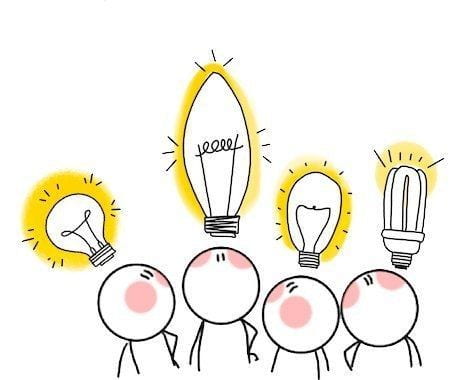- listen the podcast on Feminist Data Visualization
- What is data visualization for?
- Why is it important to prevent bias in data collection as well as in data visualization?
- What are your thoughts on beautiful data visualization and useful data visualization?
- What was the most interesting thing in the podcast that called your attention?
- Feel free to add anything else you would like to discuss.
I totally agree with Catherine that data visualization is for communication. It gives us a chance to present what we’ve found and collected, and what we finally came to. In the realm of communication, it’s natural for people to hold diverse opinions, as our unique identities are forged by our individual life experiences.
But here comes the problem. Since humans are involved in the project, we don’t dare to say that every thing for this project is neutral. Even more, there could be bias, and it’s really important to prevent them. Bias in data can make our conclusion far from the truth. We try to avoid bias because We don’t want inequality and incorrect conclusions to silently slip into the minds of our audience. For me, small bias is Okay because people are not that mighty to collect the data that perfectly covers every aspects. There will always be limitations and some points left unaddressed. Our task is to acknowledge these limitations and make them transparent. This openness invites others to contribute their perspectives, sparking meaningful communication.

I appreciate beautiful data visualizations since the creator must have worked very hard to have it designed. But the term ‘beautiful’ is consistently employed to characterize aesthetics rather than the data itself. Beauty serves a dual purpose for me: it leaves a lasting impression on the audience and collaborates with the data to convey the idea effectively. Both of these functions are contingent on the presence of a solid idea. So maybe our first step is to have a meaningful or useful project idea, and then beautify the model to better sell our ideas. As for “useful”, it is better if what we come up with can help others, but it shouldn’t be used to be useful sometimes.
I find “the data actually doesn’t speak for itself” and “god’s view” very interesting. Some biases could be very difficult to avoid when collecting the data, some of them can result from limited resources, and some can come from unconsciousness. It’s a delicate equilibrium where we aim to harness the power of data while recognizing and accounting for the human element, including biases and subjective interpretations. Achieving this balance is pivotal for ensuring that our data-driven decisions and visualizations resonate with our audience while upholding the integrity of the underlying data.